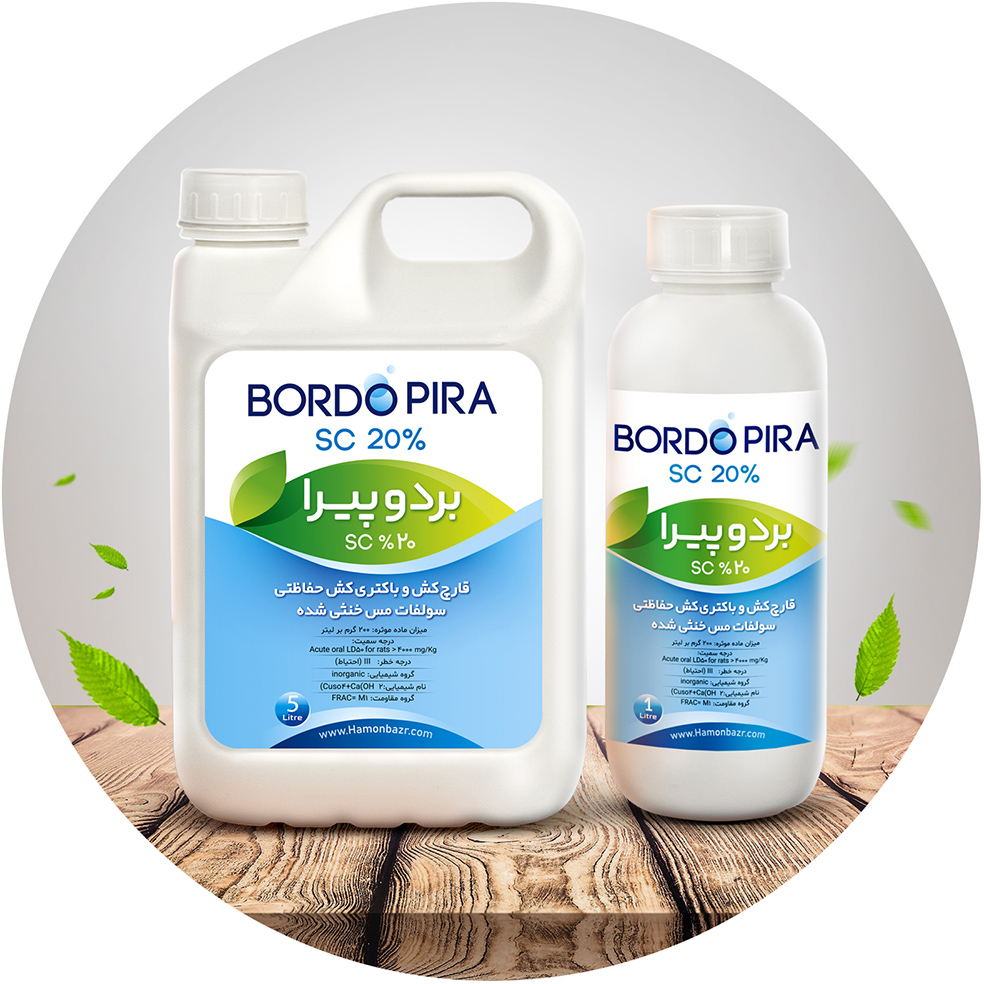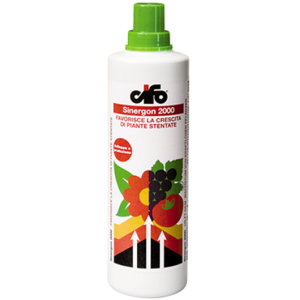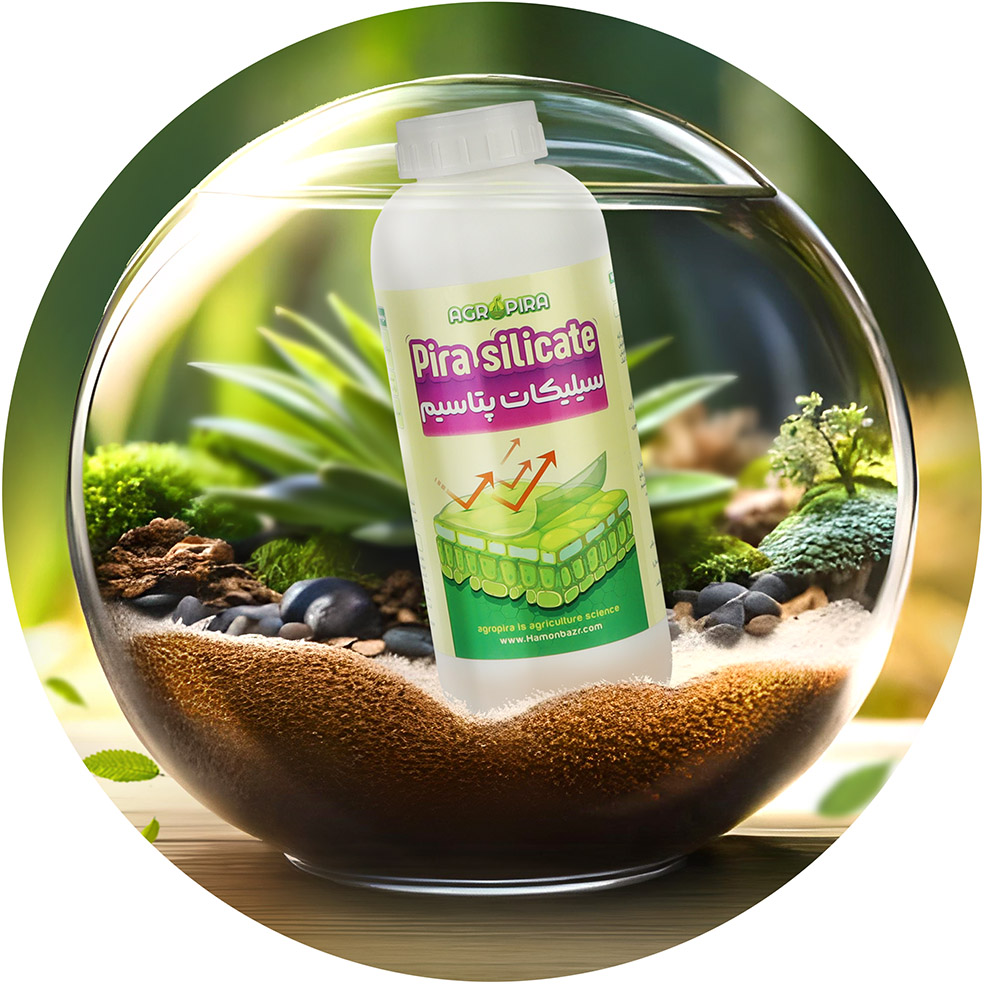
Products
The Home Of best ProductsBORDO PIRA
Berdo is an organic fungicide and bactericide that in 1882, Dr. Millardet succeeded in discovering the fungicidal property of copper metal to control the internal downy mildew of grapes in French vineyards.
This compound included copper sulfate and calcium hydroxide, which was named Berdo according to the place of its discovery, and until today, this poison has been used to deal with many plant diseases.
Bordo is one of the mineral poisons that are recommended in organic farming. Bordo, unlike other poisons, does not have an inappropriate effect on humans and the environment, and the remaining materials from its decomposition are compatible with the environment.
Bordo does not create fungicide resistance because it acts as a contact, so this fungicide can be used for years.
Physical and chemical properties
Bordo compound is obtained by mixing copper sulfate solution and calcium hydroxide.
Bardo is a blue gelatinous amorphous substance with fine granularity and very high adhesion. After it is sprinkled on the plant due to the existing moisture, the carbon dioxide gradually turns into complex compounds that regularly release copper ions.
This composition is without crystalline texture and is placed on the plant in the form of a cohesive and uniform mass.
The characteristics of the board combination
Bardo composition has the following features:
Fine granulation (increasing efficiency due to fine granulation (2 to 3 microns) and high adhesion)
Increasing product stability (due to the gradual release of copper ions)
Durability after rainfall (due to fine granularity, high adhesion and stabilization on the plant tissue)
Preventing frostbite (by destroying the bacteria forming the primary core of ice crystals)
Insect repellent (repels snails and insects such as cockroaches and termites and is harmful to fish and aquatic animals) (it has no effect on bees)
Toxicity (one of the healthiest poisons with LD50: 4000mg/kg)
Higher power of fungicidal and curative of Bardo
Bardo has a long-lasting effect due to the gradual release of copper ions. The fungicidal and bactericidal effect of copper compounds is related to the release of at least one ppm copper ion, which can control the disease to some extent.
3 to 5 ppm of copper ions are needed to control the conidia and conidiophores of the fungus at the end of the infection. Bradofix releases more than 5 ppm of copper ions, while other copper compounds cannot release this amount of copper ions to be effective in controlling pathogens.
How to work
Bardo's compound causes the accumulation of copper ions in the fungal cells after copper is absorbed in the bacterial or fungal cell wall.
Also, by creating chemical bonds and forming a complex with enzymes containing sulfhydryl, amino or carboxyl and hydroxyl groups.
This action destroys proteins and causes enzyme deactivation and disturbs the function of enzymes and also by causing a general disturbance in the vital process of cells and metabolism, it causes the destruction of pathogenic agents.
Application of Bordo fungicide
This poison is used to control many plant diseases such as leaf spot, apple and almond rot, bacterial and fungal cankers of fruit trees, internal powdery mildew of cucumbers and pumpkins, sieve disease in fruit trees, bacterial canker in stone fruit trees, leaf entanglement in peaches, powdery mildew. Internal and bacterial canker of tomatoes and potatoes helps a lot.
Also, this wonderful combination is effective in improving crown rot of core and seed trees, gray rot and onion leaf spot, lemon bacterial canker, brick spot in almonds and anthracnose in walnuts, root and crown rot, canker and branch rot, leaf spot, blight and vagmosis. Pistachio, gray and black hair rot and kiwi gray mold and disinfection of all equipment that enters the garden is used.
How and when to use Bordo
Bardo is used in 3 ways: foliar spraying, paste and combination with agricultural water.
Spraying
The most common and conventional method of using Bardo is foliar spraying.
The doses used are different depending on the time of use. Foliar spraying is mostly used during plant growth.
How to prepare Bardo compound for foliar spraying
First, we mix 100 liters of Bardo with one kilogram of calcium hydroxide and then pour it into the sprayer and increase its volume to 95 liters with water.
Then we dissolve one kilogram of copper sulfate in 5 liters of lukewarm water and add it to the solution in the sprayer, and after stirring it is ready to use.

Related Products
Some of our business partners


















